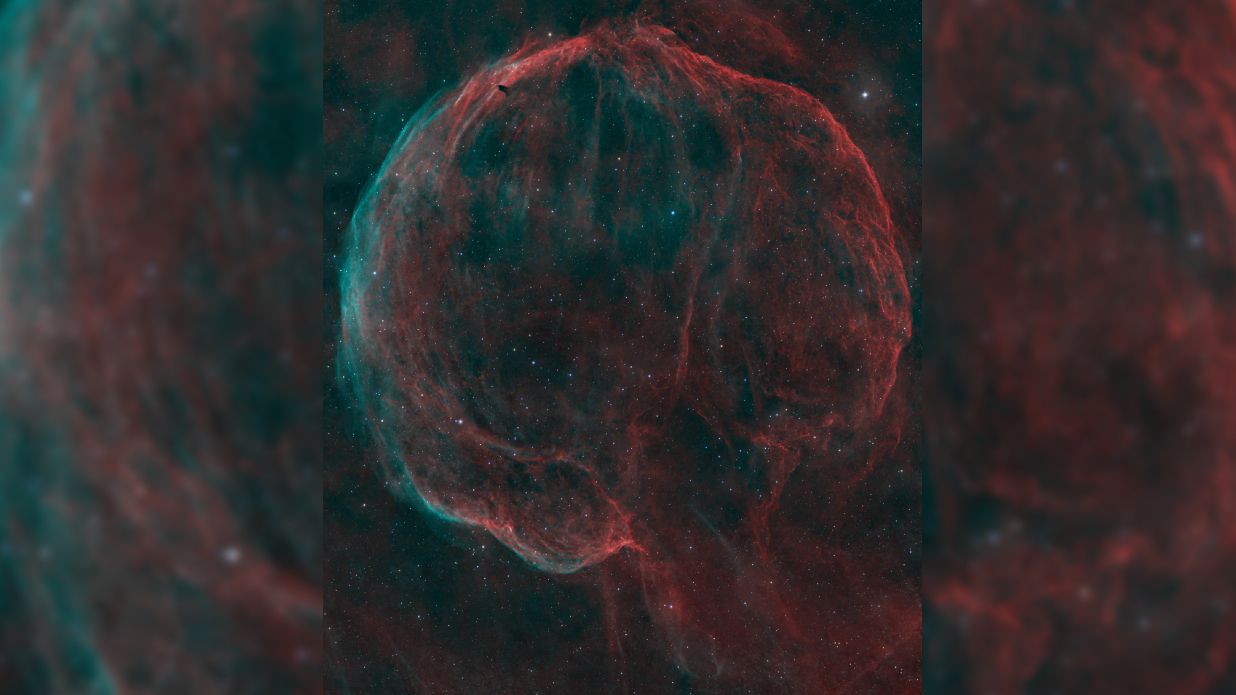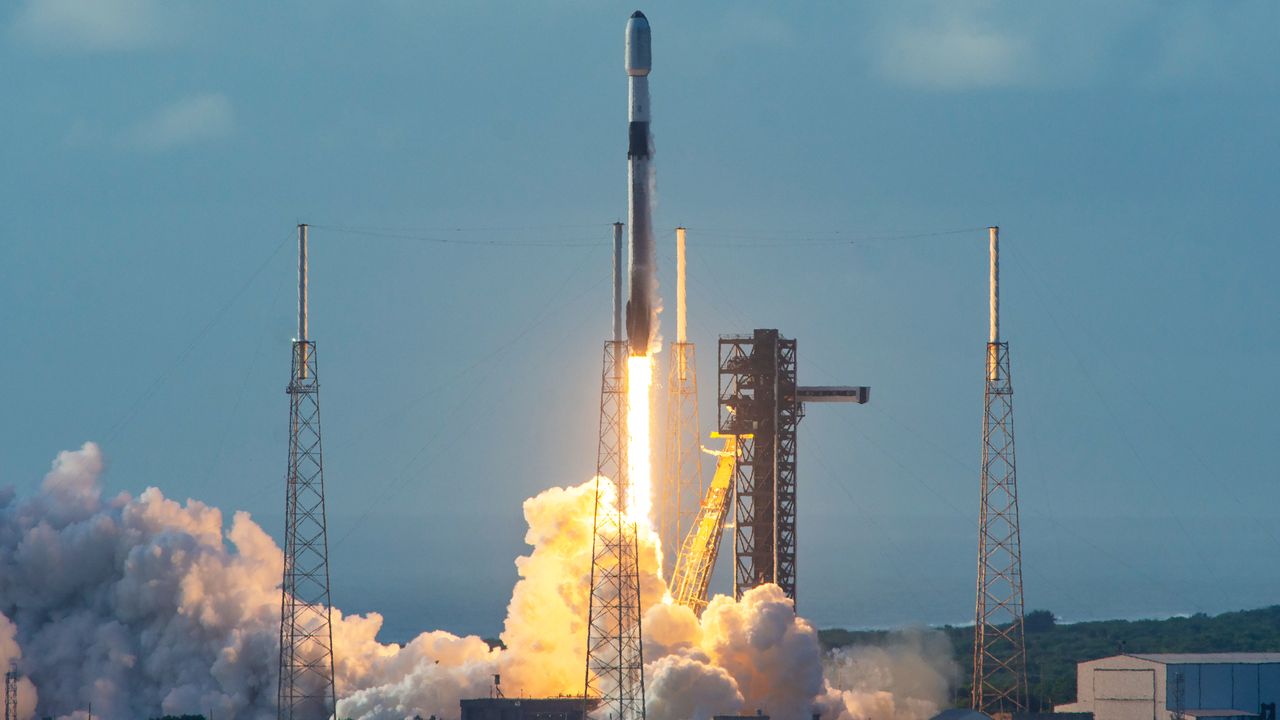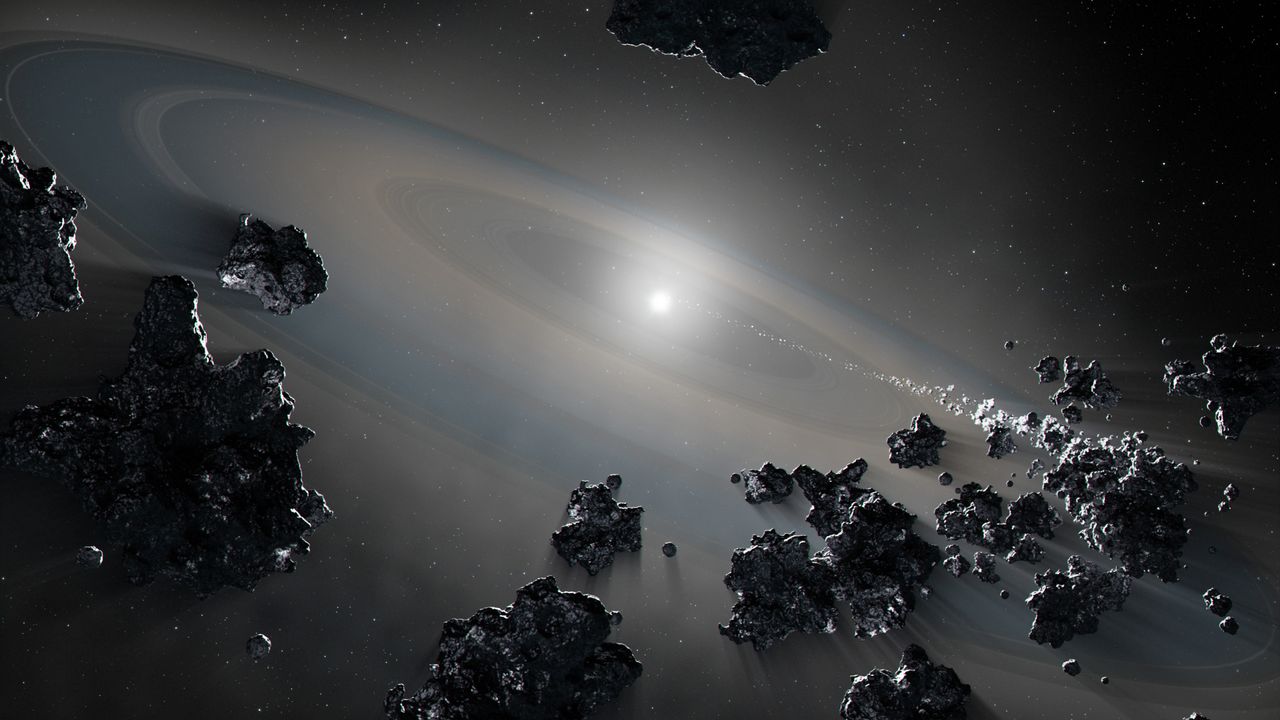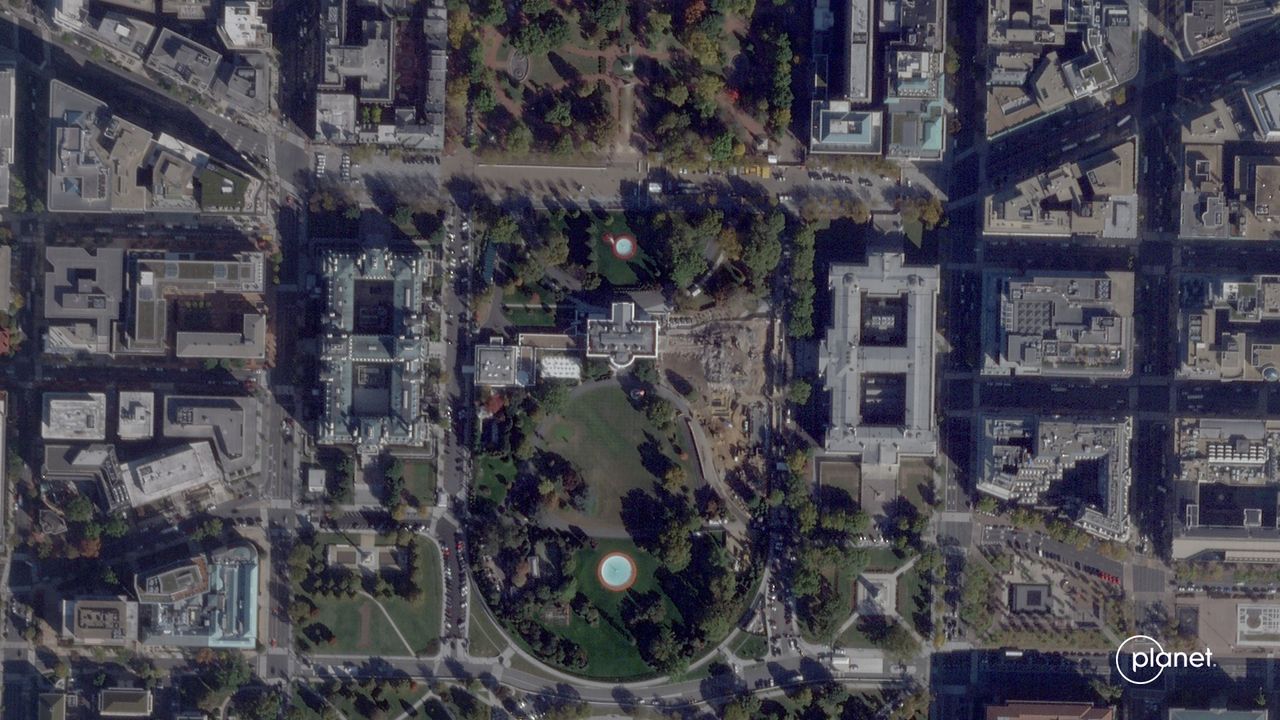Orionid meteor shower 2025 lights the night sky over Egypt in stunning photo
PositiveScience

The Orionid meteor shower dazzled stargazers in Egypt, reaching its peak during the new moon phase in October 2025. This spectacular event not only offers a breathtaking view of shooting stars but also highlights the beauty of our universe, encouraging more people to look up and appreciate the night sky.
— Curated by the World Pulse Now AI Editorial System






/https://tf-cmsv2-smithsonianmag-media.s3.amazonaws.com/filer_public/37/46/37461432-e24a-442b-bcb7-2b13ab3990d1/horseshoecrabmain.jpg)
